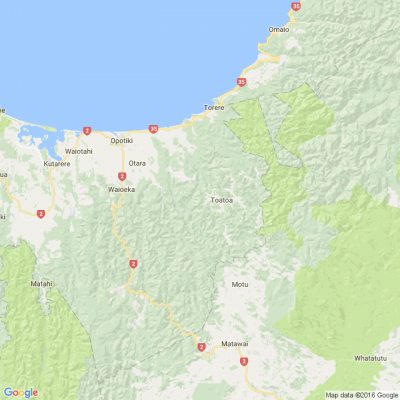
Know what’s happening
Access the private noticeboard for verified neighbours near you. Keep informed about any suspicious activity, send urgent updates to your neighbours when required and discuss emergency planning.
Get to know your neighbours
Browse the directory and start getting to know your neighbours. Don’t want to post to the whole neighbourhood? Send a private message.
Buy, sell and give away
Want to declutter your garage? Buy some used household items? Give away some garden stuff? Become a verified neighbour to browse and post items for sale. Trading is simple when everyone lives nearby.


Thank you for using Neighbourly
You may receive an email confirmation for any offer you selected. The associated companies will contact you directly to activate your requests.
Mei Leng Wong Reporter from NZ Gardener & Get Growing
Dear neighbours,
We're looking for lockdown gardening ideas! With New Zealanders stuck at home everyone is keen to get into their gardens, but they can't get to the shops to buy plants and seeds. So we want to hear from you some suggestions for crops you can start or sow from what you … View moreDear neighbours,
We're looking for lockdown gardening ideas! With New Zealanders stuck at home everyone is keen to get into their gardens, but they can't get to the shops to buy plants and seeds. So we want to hear from you some suggestions for crops you can start or sow from what you have on hand or useful gardening hacks using just what you have at home already without going to the shops.
It doesn't have to be a big idea - just something like growing spring onions from the base or sprouting avocado seeds to make a houseplant. Send your tips and ideas to mailbox@nzgardener.co.nz and we'll publish the best ideas in NZ Gardener.
Make sure you include your full name and address - only your name and the region you live in will be published but if we use your tip we will send you a free copy of the magazine.

Mei Leng Wong Reporter from NZ Gardener & Get Growing
Dear neighbours,
Here's our list of the best new-release varieties of edible plants to grow this season.
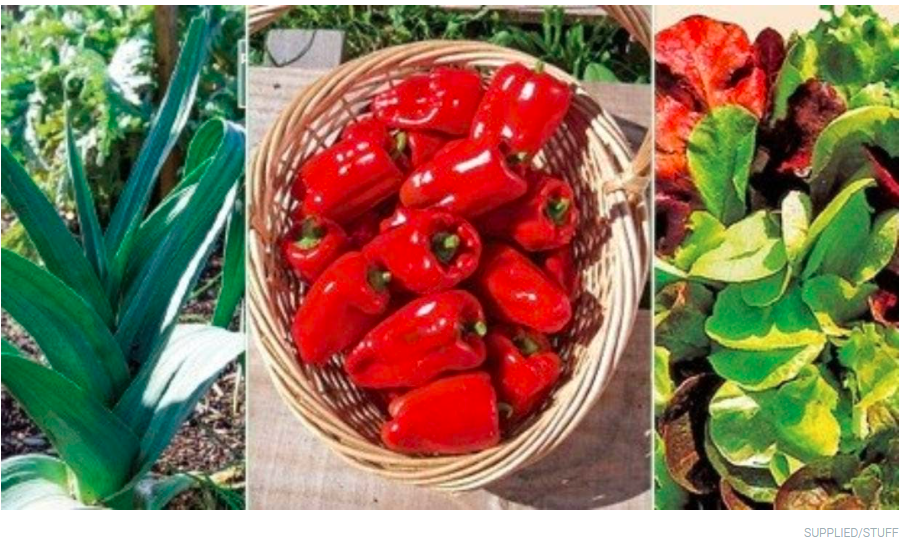
Family-owned Auckland print company Soar is flying high, with two of its team winning accolades at the prestigious Pride in Print 2021 awards.
Print apprentice Travis Jordan was named the Print Industry Apprentice of the Year, while Alex Huynh won the Workplace Trainer of the Year. For Travis, … View moreFamily-owned Auckland print company Soar is flying high, with two of its team winning accolades at the prestigious Pride in Print 2021 awards.
Print apprentice Travis Jordan was named the Print Industry Apprentice of the Year, while Alex Huynh won the Workplace Trainer of the Year. For Travis, the award is an acknowledgement of the time and effort he has put into his craft.
“It’s really special and a reminder that you get out what you put in,” he says. “The award is something I’ll happily carry with me throughout my career.”
It's awesome to see not only one of our apprentices getting recognition, but also the skilled team member who trained him winning an award.

All regions outside of the Auckland and Northland region will move to Alert Level 3 11.59pm Tuesday August 31.
In a press conference Friday afternoon, Prime Minister Jacinda Ardern confirmed that Auckland and Northland will likely need to complete a further full two weeks at level 4 in order to … View moreAll regions outside of the Auckland and Northland region will move to Alert Level 3 11.59pm Tuesday August 31.
In a press conference Friday afternoon, Prime Minister Jacinda Ardern confirmed that Auckland and Northland will likely need to complete a further full two weeks at level 4 in order to keep the Delta variant from spreading further in the regions.
Here's what you need to know
- There will be regional boundaries, there will be no travel allowed between regions unless required for essential services.
- Boundaries maintained in the last February lockdown will be reinstated.
- Around 500 locations of interest have been identified.
- The exposure site in Warkworth is a large workplace. Ardern hoped the people of Northland will understand why they're moving with caution. Northland won't always be grouped in with Auckland.
To stay up to date with the latest, follow the Stuff blog.

The Team from Resene ColorShop Whakatane
With a few Resene testpots, simple shapes can become fun kid-friendly accessories.
Find out how to create your own.

Mei Leng Wong Reporter from NZ Gardener & Get Growing
Hello neighbours,
It’s coming up to spring, and with everyone stuck at home in Covid lockdown, what better time to get the garden in order? NZ Gardener editor Jo McCarroll and Jack Hobbs, manager of the Auckland Botanic Gardens, are live on Stuff now to answer all your gardening questions.
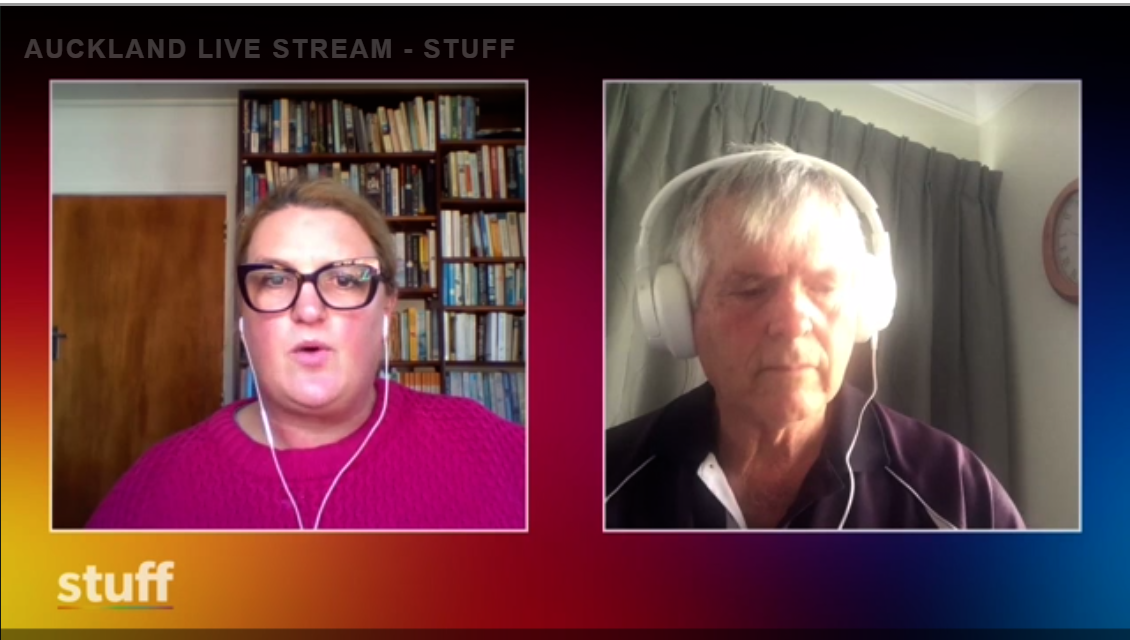
The Team from New Zealander of the Year Award | Ngā Tohu Pou Kōhure o Aotearoa
We're in the last week of nominations for the 2022 Kiwibank New Zealander of the Year Awards. So come on, Bay of Plenty – who’s your New Zealander of the Year?
Tell us with a nomination! Nominations close 31 August.
Get in quick – www.nzawards.org.nz...

COVID-19 has taken away our Daffodil Day Street Appeal.
The demand on our cancer services goes up during lockdown. And that's why we need you now more than ever. $24 helps to provide transport to and from cancer treatment.
Donate now to support the Cancer Society's vital services … View moreCOVID-19 has taken away our Daffodil Day Street Appeal.
The demand on our cancer services goes up during lockdown. And that's why we need you now more than ever. $24 helps to provide transport to and from cancer treatment.
Donate now to support the Cancer Society's vital services to support New Zealanders going through cancer.
Learn more

Bachelor of Humanities
Meet Derek Ereatara who shares his journey with Awanuiārangi. The Bachelor of Humanities programme marked a turning point in Derek’s life.
“The content – indigenous studies, policy and business – fit right in with what I wanted. I knew it would help me … View moreBachelor of Humanities
Meet Derek Ereatara who shares his journey with Awanuiārangi. The Bachelor of Humanities programme marked a turning point in Derek’s life.
“The content – indigenous studies, policy and business – fit right in with what I wanted. I knew it would help me personally and in my work with whānau in the health sector. “It helped me to think differently, that opens up your world view.” he says.
Looking at everything with fresh eyes “shifted, enhanced and reinforced” his focus, particularly in working with rangatahi who need one-to-one support.
“Awanuiārangi was like a second home, and still is. You just feel welcome.
Find out more

David Downs from SOS Business
If you are missing your morning coffee, your cafe lunch or even your haircut - jump on www.sosbusiness.nz... and help a local small business out with cashflow - they get the money now and you get a voucher for later.
If you buy a $50 voucher, we will give you another $10 one (while stocks last).
… View moreIf you are missing your morning coffee, your cafe lunch or even your haircut - jump on www.sosbusiness.nz... and help a local small business out with cashflow - they get the money now and you get a voucher for later.
If you buy a $50 voucher, we will give you another $10 one (while stocks last).
SOS Business - A not-for-profit helping NZ small businesses during a tough time. All the money (less credit card fees) gets paid to the businesses.

Mei Leng Wong Reporter from NZ Gardener & Get Growing
Dear neighbours,
We're all working from home during this lockdown, not just to bring you your favourite gardening mag, but also our Garden Diary 2022! This is where we need your help: Show us how you've been using your 2021 Diary -- take photos of the pages, tell us what was most … View moreDear neighbours,
We're all working from home during this lockdown, not just to bring you your favourite gardening mag, but also our Garden Diary 2022! This is where we need your help: Show us how you've been using your 2021 Diary -- take photos of the pages, tell us what was most useful, did you have enough space to write your notes, what have you scribbled on the pages? Did you clip your plant labels on them? Perhaps shoot a little video with your phone as you turn the pages. Your feedback will help us put together next year's diary.
Please email your comments and photos to mailbox@nzgardener.co.nz, by this Friday, Aug 27. The five most helpful readers will each receive a free copy of the 2022 diary.

The Team from New Zealander of the Year Award | Ngā Tohu Pou Kōhure o Aotearoa
Kia ora Bay of Plenty neighbours!
We hope that you are safe and sound with your bubbles at home.
With two weeks to go until nominations close – it's time to lockdown your nomination for 2022 Kiwibank New Zealander of the Year. We're looking for that special person in this community … View moreKia ora Bay of Plenty neighbours!
We hope that you are safe and sound with your bubbles at home.
With two weeks to go until nominations close – it's time to lockdown your nomination for 2022 Kiwibank New Zealander of the Year. We're looking for that special person in this community – the one doing exceptional mahi to make the Bay of Plenty a better place.
Nominations close 31 August and only take 5 minutes.
Get in quick – www.nzawards.co.nz...

We love seeing our apprentices making waves in the industry.
Wade Peek was recently named Plastics Apprentice of the Year, is definitely one to watch. With two qualifications under his belt, he’s been earmarked as a future plastics industry leader.
He hopes to one day start his own … View moreWe love seeing our apprentices making waves in the industry.
Wade Peek was recently named Plastics Apprentice of the Year, is definitely one to watch. With two qualifications under his belt, he’s been earmarked as a future plastics industry leader.
He hopes to one day start his own manufacturing business and says: "I really want to pass on what I have learnt to support apprentices in their training. I also want to be able to teach people outside of the plastics industry about what we do, as I truly believe we can't solve any of the really important environmental issues that surround plastic unless as many people as possible understand it."
If you are thinking of signing up for an apprenticeship, get in touch with us here
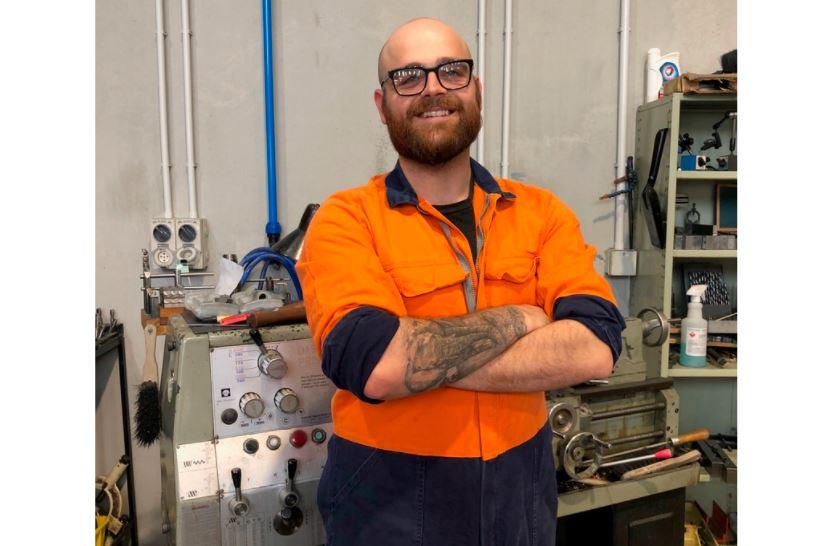
Mei Leng Wong Reporter from NZ Gardener & Get Growing
Dear neighbours,
Every month, NZ Gardener runs a series of tested reader recipes using a seasonal crop. We are now on the hunt for rocket recipes, so send your best ones to mailbox@nzgardener.co.nz before Aug 31, 2021.
Every published recipe wins a copy of our special edition Homegrown Recipes.
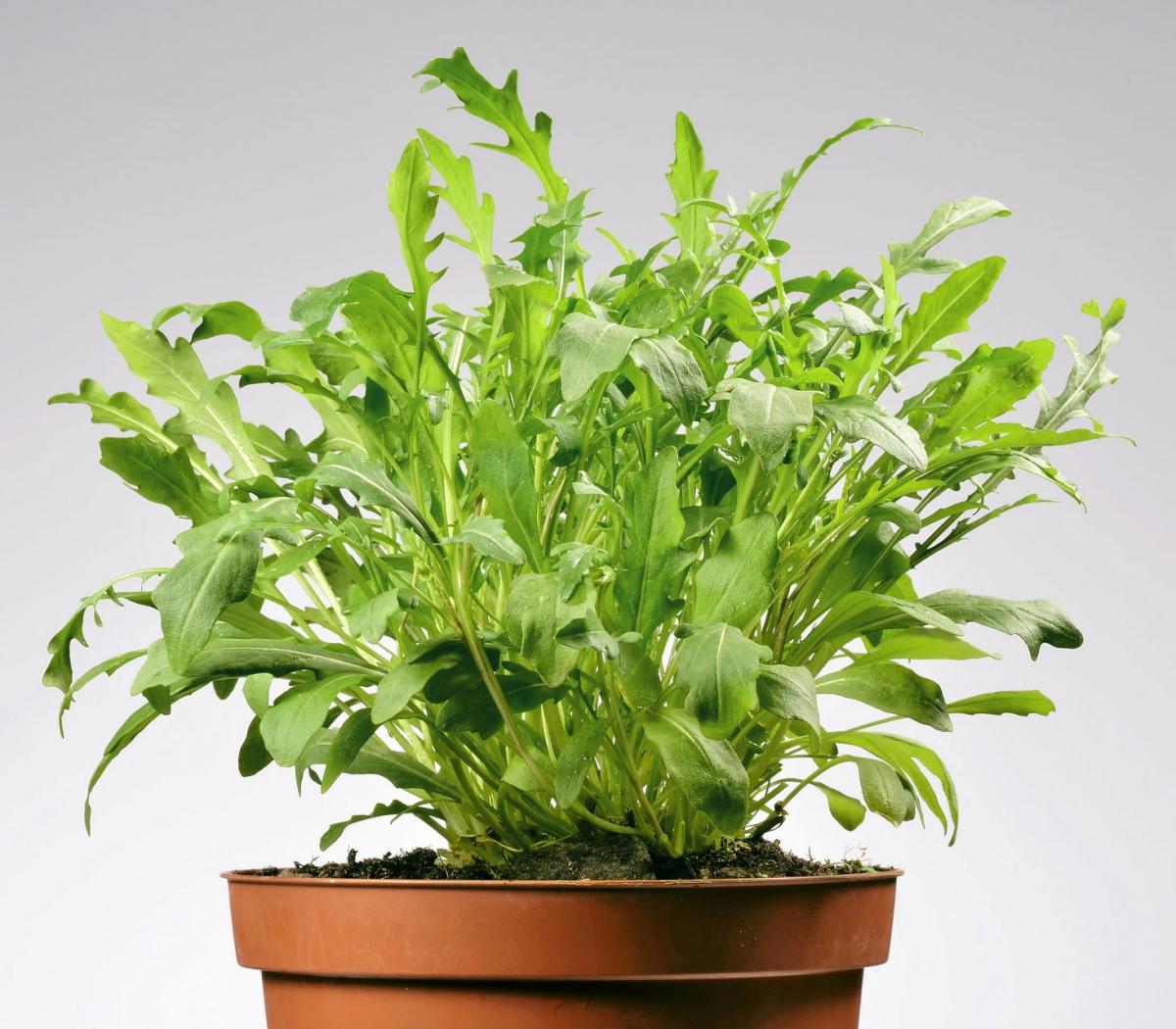
The Team from Resene ColorShop Whakatane
Form meets function in this stylish bin storage and planter combination painted in bold Resene hues. Find out how to create your own.

 Loading…
Loading…
Are you sure? Deleting this message permanently removes it from the Neighbourly website.
 Loading…
Loading…
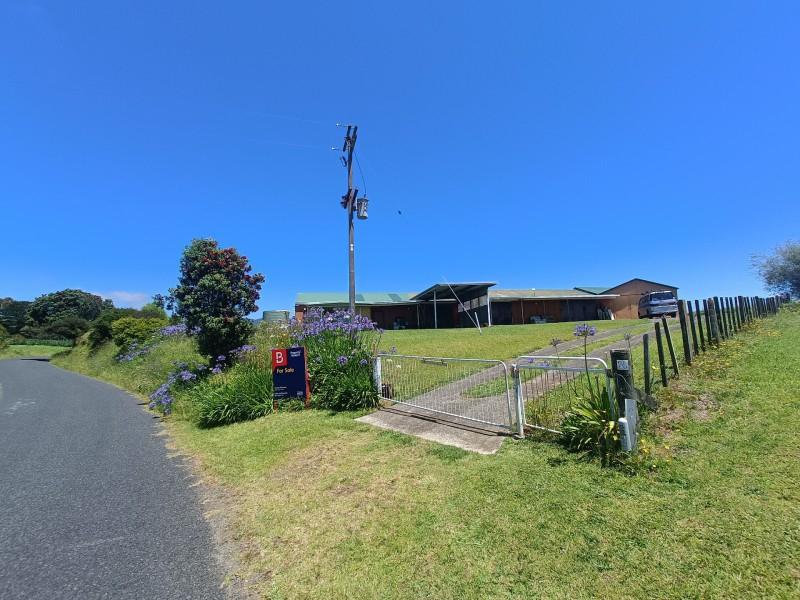
 By Negotiation
By Negotiation

 Marketed by Brooke Woolsey
Marketed by Brooke Woolsey

 $639,000
$639,000



 Marketed by Michelle Stephenson
Marketed by Michelle Stephenson

 Tender
Tender



 Marketed by Michelle Stephenson
Marketed by Michelle Stephenson

 Tender
Tender


 Marketed by Jami Botha
Marketed by Jami Botha

 Auction
Auction



 Marketed by Shane Murrell
Marketed by Shane Murrell

 Auction
Auction

 Marketed by Michelle Stephenson
Marketed by Michelle Stephenson

 Deadline Sale
Deadline Sale


 Marketed by Shane Murrell
Marketed by Shane Murrell
© Neighbourly 2024
